Have you ever taken an image only to be disappointed because it looked a little soft? How could this be? You made sure you chose a fast enough shutter speed, and the camera was on a tripod, yet the image still wasn’t critically sharp. There’s a good chance your images could be suffering from a phenomena called lens diffraction.
Go to any photography blog or YouTube channel and you’ll be told that to get sharper images and more of your scene in focus, you need to stop your lens down and use smaller apertures. This is true, to a point. What you’re not told, is that stopping down a lens too much can have a detrimental effect on your images. When you stop your lens down too far, you’ll start to see the effects of lens diffraction.
What is lens diffraction?
.mgl-masonry { display: none; } #mgl-gallery-634ee562dbc6e { column-count: 3; margin: -5px; } #mgl-gallery-634ee562dbc6e .mgl-item { padding: 5px; } #mgl-gallery-634ee562dbc6e figcaption { padding: 5px; } @media screen and (max-width: 800px) { #mgl-gallery-634ee562dbc6e { column-count: 2; } } @media screen and (max-width: 600px) { #mgl-gallery-634ee562dbc6e { column-count: 1; } }
Lens with the aperture wide open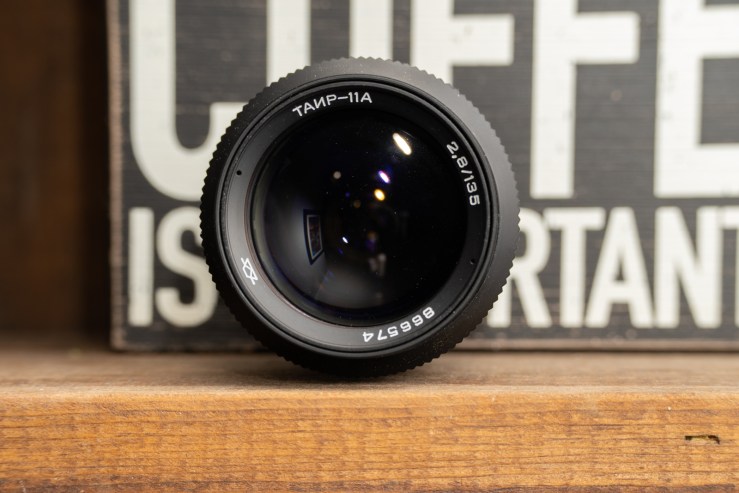
Lens with aperture blades set to f/8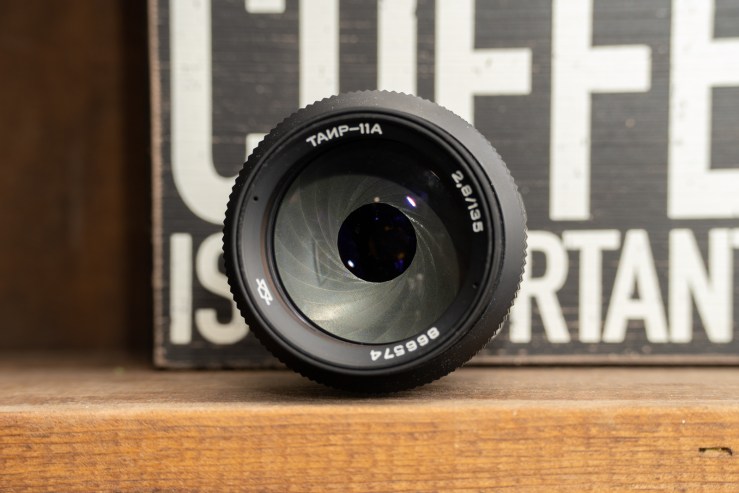
Lens with aperture blades set to f/22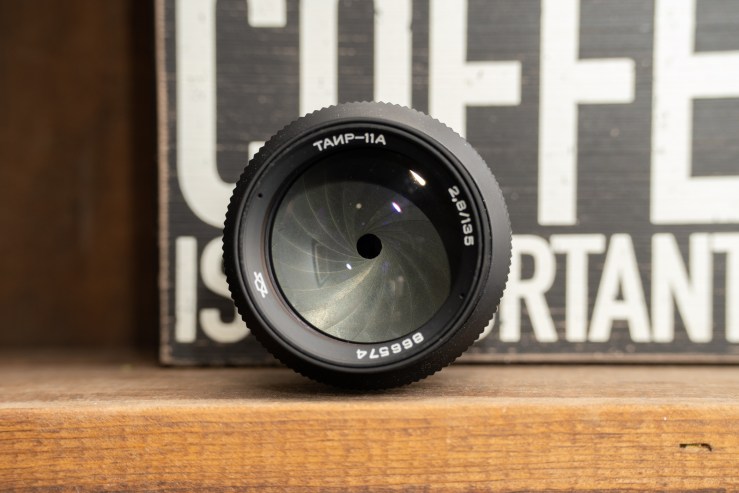
We could spend hours talking about the physics of optics and light, or we can simplify lens diffraction and talk about real-world implications for creators. We’re going with the latter. Light usually travels in a straight line. However, when light hits an object or passes through an object or small opening, the light bends. When the light bends, individual light waves can interact or interfere with each other. This, in a nutshell, is diffraction.
So, how or why does this affect the camera lenses we use and why can it ruin our images? When you use a lens with its aperture blades wide-open, light traveling through your lens to the camera’s sensor has (apart from the glass itself) little in the way of obstruction. This obstacle-free passage to the sensor means that the light travels in a straight line to the sensor and isn’t bending or spreading out very much.
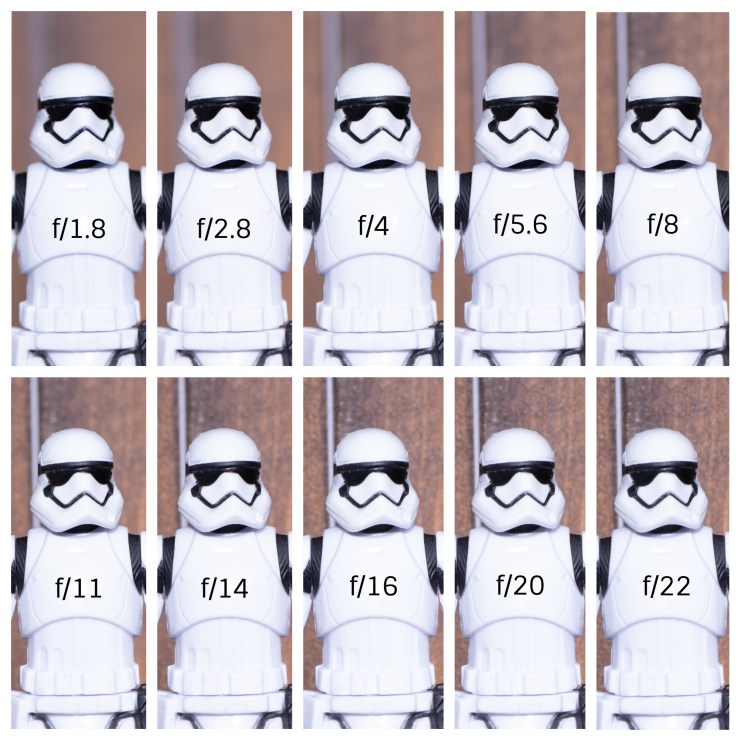
However, when you close the aperture blades and force the light through a smaller opening, the light starts to bend. The more the light bends, the more it spreads out. The more the light spreads out and light waves interfere with each other, the softer your images become.
Lens diffraction will make you lose detail and sharpness in your images. The amount of softness or lack of sharpness you’ll see isn’t overly pronounced. Still, you can tell the image is lacking some punch.
But wait, there’s more!
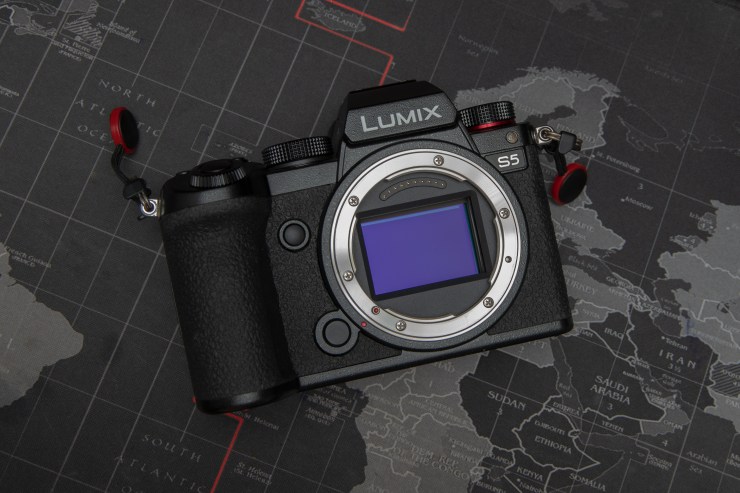
Some modern lenses are sharp across the frame from their largest aperture. However, this isn’t the case with every lens. In fact, most lenses don’t reach critical sharpness across the frame until they hit between f/5.6 and f/11. This, of course, makes it so that there is no one size fits all solution to dealing with lens diffraction.
There’s a lot more to take into consideration when it comes to diffraction as well. Not only does each lens vary in terms of the quality of glass used, but each different type of sensor (micro four-thirds, APS-C, full-frame and medium format) plays a role as well.
With smaller sensors, like micro four-thirds, diffraction can become an issue at f-stops as low as f/7.1. Meanwhile, medium format cameras can shoot at f/16 to f/18 before diffraction kicks in. This, in part, is because of Airy Discs.
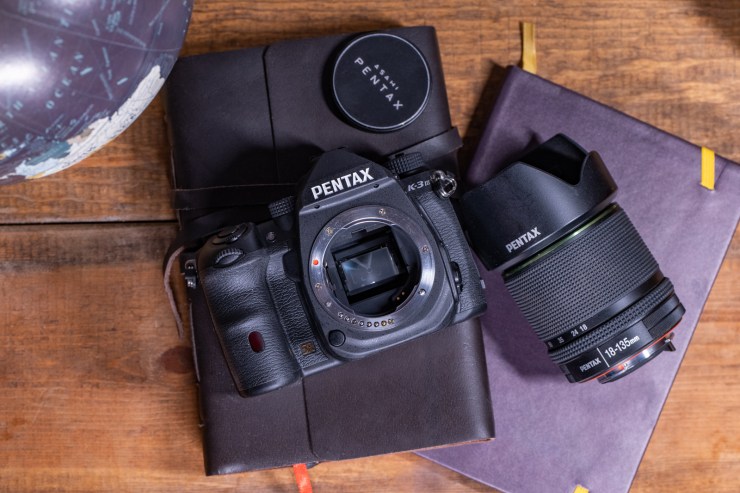
What’s an Airy Disc?
An Airy Disc is a projection from the lens onto the sensor. The Airy Disc changes in size as you change the aperture. Once an Airy Disc exceeds the size of the individual pixels on your sensor, you’ll start seeing the effects of diffraction. The Airy Disc projections remain the same sizes through the aperture range whether the lens is used on a crop sensor or a full-frame sensor.
Physics dictates that Airy Discs will cover more surface area and more pixels on a smaller APS-C sensor than a larger full-frame sensor. More of a full-frame sensor will be covered when compared to a medium format sensor. This is why diffraction affects micro four-thirds, APS-C, full-frame and medium format sensors differently.
Dealing with lens diffraction
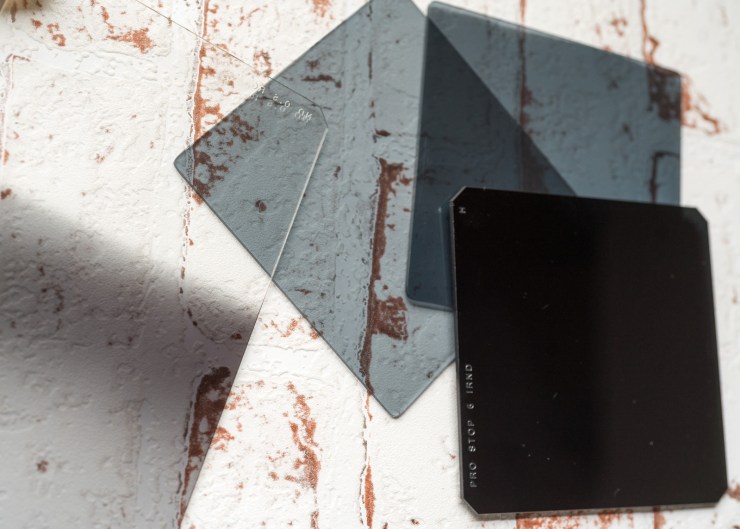
So, what can you, as a photographer do to deal with lens diffraction? The best thing to do is test each of the lenses you own to see where their f-stop sweet spot is. Still, lenses are usually at their sharpest when used two to three stops down from their widest aperture.
Aperture ranges from f/5.6 to f/11 are usually fine on full-frame cameras. You can shoot up to f/16 safely on medium format cameras. On APS-C f/5.6 to f/10 will usually be OK, and on micro four-thirds, I generally wouldn’t shoot past f/8.
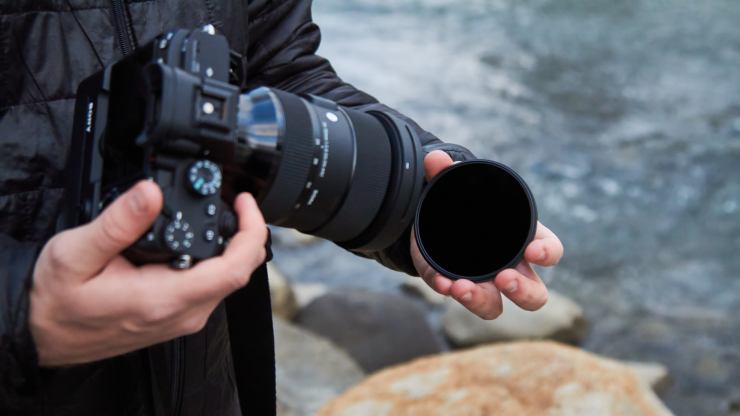
If you’re out in the field and need more depth of field, consider focus stacking before narrowing your aperture. This way you can get great depth of field from front to back without losing any sharpness. If you do shoot past the recommended apertures, you can always add a little sharpening while editing.
If you need to shoot long exposures, instead of stopping down your lens to diffraction levels, consider picking up some quality ND filters. There are ways to get your shot without sacrificing quality. Lens diffraction can be a bear, but you don’t have to let it compromise your images. Learn the limits of your lenses and the cameras they’re paired with and you’ll create your best images yet.
Tell your story with the second annual Visual Storytelling Conference!
Experience four days of interactive, online training sessions featuring a range of educational content with experienced photographers and content creators. This free event kicks off with a series of technical boot camps to build essential skills, followed by live, online sessions on photography, video, business and social media. Join live from March 10-13, 2022!
